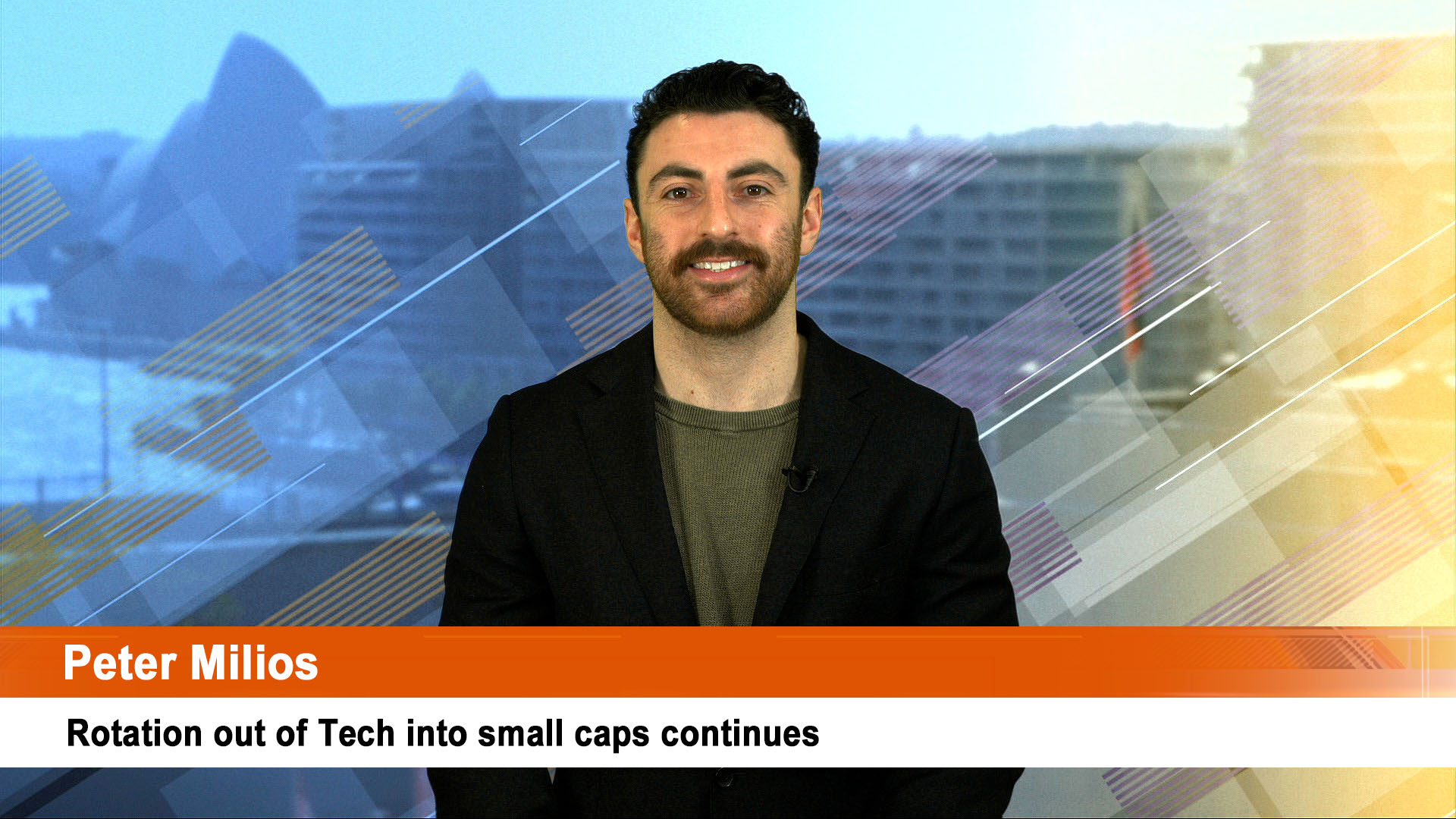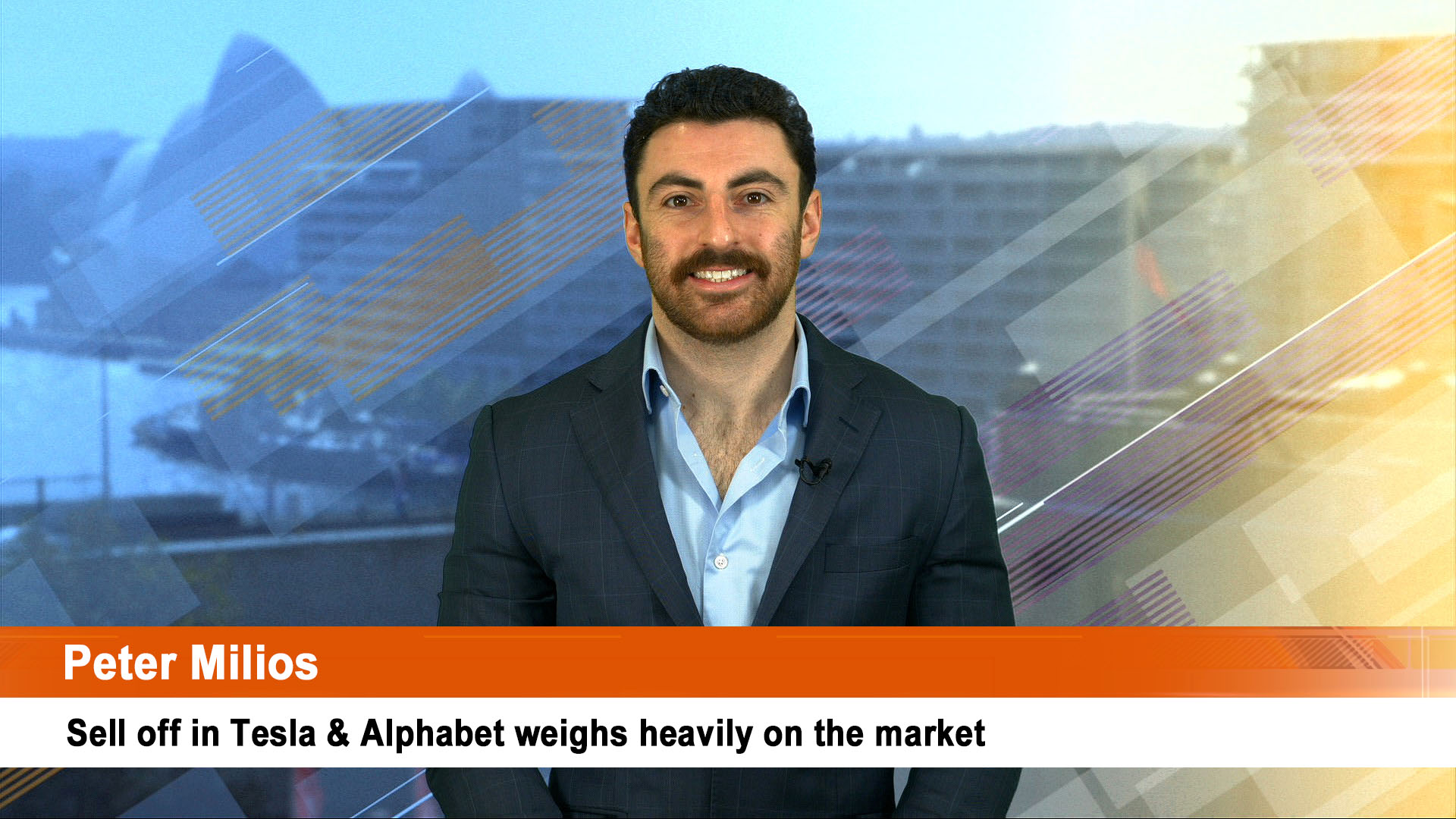Like its Australian Rules footballer namesake, Cazaly Resources (ASX: CAZ) has always flown high over the crowded pack of small-cap explorers with multiple value-adding deals since listing two decades ago.
These days, Cazaly has tenements prospective for gold, copper, lithium, rare earth elements and other base metals. It is also entitled to iron ore royalties over two WA projects.
But the company’s current key focus is on rare earth elements – REEs – the exotic minerals essential for myriad industrial applications.
In particular, so-called magnet rare earths such as neodymium, praseodymium, dysprosium and terbium are crucial for the powerful permanent magnets in the drive trains of electric vehicles and wind turbines.
China dominates REE supply, which means western auto makers and other users are scrambling to diversify future supply.
Cognisant of this, Cazaly last month agreed to acquire the Carb Lake Rare Earth Elements project in Ontario, Canada, from local prospectors for $C100,000 ($110,000) cash and a two per cent smelter royalty.
The deal is subject to a two-month due diligence period.
Cazaly already holds the Ashburton project in WA, which is prospective for REEs as well as gold, copper and other base metals.
In northern Namibia, the company has applied for an exploration licence over 790 square kilometres at Abenab North, where historic REE assays exceeded maximum detection limits. This project area is also prospective for base metals.
Nearby Cazaly also holds 95 per cent of the Kaoko project, with the company focused on a lithium target spanning 120 square kilometres.
Cazaly managing director Tara French says that just as an angler needs to cast a line in many spots to land the big one, exploration needs to be extensive and flexible in terms of both the targeted commodities and geographies.
While Cazaly’s most advanced project is its Halls Creek copper play in WA, the company’s near-term exploration is likely to focus on the new Canadian purchase, and advancing the REE target in the Ashburton.
A large carbonatite structure 2.5 to 3 kilometres in diameter, Carb Lake was last drill-tested with four holes more than 50 years ago.
Most of the world’s light REEs occur in carbonatite mineralisation, such as California’s rich Mountain Pass project.
“Carb Lake looks like a great target but has been poorly tested – and surprisingly so,” French says. “It looks as though the return on investment could be very significant.”
One of the historical holes at Carb Lake returned “eye catching” grades of more than five per cent cerium and more than one per cent lanthanum, with elevated grades of niobium as well.
Cerium and lanthanum are valued as catalysts and polishing agents, among other applications, while niobium is used in alloys to make rockets and jet engines.
Pending successful due diligence, Cazaly hopes to be exploring in the upcoming Canadian summer.
“In the meantime, we are keen to do some early stakeholder meetings,” French says. “Canada is new to us and we want to get off on the right foot.”
At Ashburton, Cazaly is eyeing an anomalous REE mineralised trend across more than 50 kilometres, with an elevated presence of neodymium and praseodymium.
Named after high flying South Melbourne player Roy Cazaly, Cazaly Resources was founded by current chairman Clive Jones and Nathan McMahon, who died in March 2022 after a long illness.
After listing in 2003, Cazaly struck quick success with its grass-roots focus on pegging tenements, doing the hard yards and then divesting the assets.
Successful deals include the sale of the Parker Range iron ore project to Mineral Resources in 2019, for $20 million (half of which was returned to shareholders).
Cazaly also took the 343-million-tonne Hamersley Iron Ore Project to resource stage and then vended it into Equinox Resources. Cazaly retains a 15.7 per cent stake in Equinox with royalty rights on eventual production.
Earlier, the company famously clashed with Rio Tinto over ownership of the Shovelanna iron ore project, resulting in a five-year David-versus-Goliath court battle.
“While Goliath won, it highlights the company’s tenacity in terms of how it looks for new opportunities from every angle,” French says.
“We have a good track record for acquiring new projects and pegging new ground. The Ashburton was vacant ground that we pegged and it is a huge land area.”
Given the exploration geologist backgrounds of both Jones and French, Cazaly is likely to stick with its approach of value-adding via exploration and astute tenement selection and then divesting or joint venturing the assets.
At Halls Creek, Cazaly plans to co-operate with tenement neighbour AuKing on a scoping study, given the relatively small size of their deposits.
“We are both pragmatists,” French says.
Cazaly’s derisory $11 million market capitalisation is backed by $8.1 million in cash and investments as of the end of March – enough to fund the company’s near-term exploration plans.
“Investors might think that not much is happening but every day is flat-chat behind the scenes,” French says.
“We have a fair bit on the horizon that will be tested in the next 12 months or so and any significant win should have a good share price impact.”
She adds the company put the money in to the ground to add value whenever possible, “but we are not going to jump the gun for the sake of a news story.”













